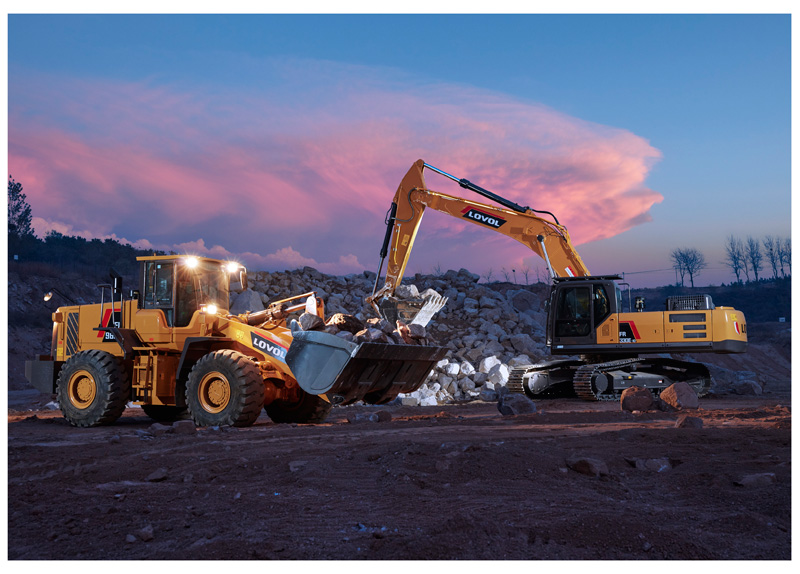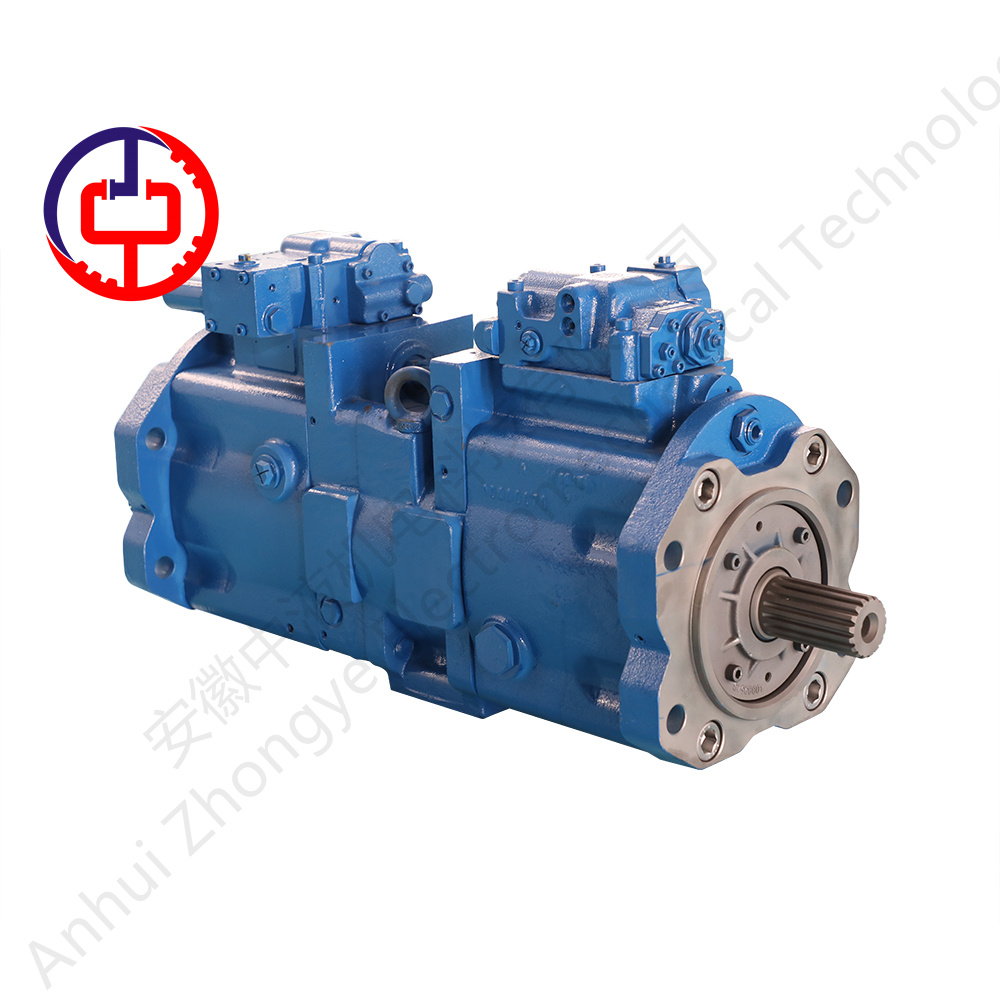In the gear pump meshing process, due to the overlap coefficient ε should be greater than 1 (such as ε = 1.4) in order to work properly, so there will be more than one pair of gear pairs meshing at the same time, at this time to stay in the oil between the teeth will be trapped in two pairs of teeth meshing at the same time the formation of the closed space, and the volume of the space will be with the gears to rotate and change, which is the gear pump trapped oil phenomenon. If the entire meshing process at a certain time the number of meshed gear pairs less than 1 pair, that is, ε < 1, the oil pump oil delivery rate will become very uneven, there is sometimes pressure to send oil and not pressure to send the oil, the instantaneous difference in flow rate of up to 30%, resulting in gear pumps can not work properly, and even the case of ε = 1 can not guarantee its normal operation.
The hazards of the trapped oil phenomenon include: increased bearing load, increased power loss, resulting in heating of the oil, causing noise and vibration, which in turn affects the working performance, smoothness and life of the oil pump. Its specific performance is that the volume of the closed space changes dynamically, from large to small and then from small to large. When it becomes small, because the oil is not compressible, the oil is squeezed to make the pressure rise, thus forcing the parts from the gap in the joint surface extrusion (pressure is much higher than the working pressure of the pump, and even up to several hundred atmospheres), so that the gears and bearings are subjected to a great deal of radial pressure and additional loads; when it becomes large, it will produce a local vacuum, air precipitation and vaporization, resulting in vapor corrosion.
The solution to the gear pump trapped oil phenomenon (elimination, mitigation of the base is the pressure relief) methods are mainly the following:
1, is to amend the tooth shape, so that the volume of closed space changes to minimize, but the method is less used.
2, is the opening of pressure relief holes, that is, in the top of the teeth of the driven gear to the root of the radial holes drilled, and then in the driven gear shaft milled out two grooves, but the processing is more complex.
3, is the use of pressure relief groove (unloading groove), in the pump on both sides of the cover on the inside, along the wheel tooth pitch circle of the direction of the common tangent, open four rectangular grooves (in each side of the cover of the direction of the oil into and out of each one), and the distance between the grooves must be greater than a wheel tooth tooth thickness, so as not to make the suction and discharge chamber direct communication. Among them, the pressure relief groove method is divided into symmetric pressure relief groove method and asymmetric pressure relief groove method. Symmetric pressure relief tank method can make the pump positive and negative rotation, can greatly reduce the phenomenon of trapped oil, but not perfect; asymmetric pressure relief tank method is to the suction side of the direction of the move over an appropriate distance, the method can be more high-pressure recovery of a portion of the liquid, so that the noise decreased significantly, but the pump does not allow reversal. At present, to reduce the phenomenon of oil trapped more applications is the pressure relief tank method.





 Home
Home
 Product
Product
 Equipment
Equipment
 Contact
Contact